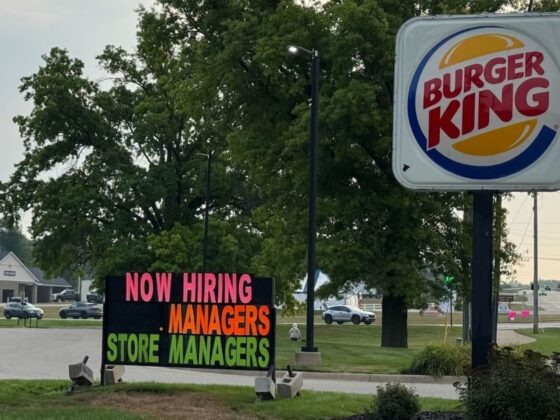My best sales person quits. Not for more money. Not for a promotion. Not even for a competitor.
She left because she was “tired of feeling like a lab rat in someone else’s experiment.” That hit different.
Three years with us. Consistently top 10%. Never complained. Until she did. And when I finally sat down to really listen—not just nod and take notes, but actually listen—what she said made my stomach turn:
Every time I figure out how to win here, you change the game. New rules. New plan. New territory. New tool. I’m exhausted trying to keep up with your strategy.
Ouch.
The Brutal Truth Sales Leaders Don’t Want to Admit
Her words made me realize something too many sales leaders ignore: We aren’t losing our best people to competitors. We’re losing them to chaos we create ourselves .
Not through malice. Not through incompetence. But through something more insidious: Death by a thousand transformations.
We’ve convinced ourselves that agility means constant change. That innovation requires perpetual disruption. That if we’re not transforming something, we’re falling behind.
But here’s the truth no one says out loud: Your team doesn’t need another initiative. They need a break.
The Leadership Pattern That Breaks Teams
I’ve been in sales leadership for 20 years. I’ve seen the same pattern repeat:
- Leader gets promoted.
- Feels pressure to “make their mark.”
- Launches transformation after transformation.
- Team resists (because they’re overwhelmed).
- Leader doubles down.
- Best performers leave.
- Numbers drop.
- Leader blames the “wrong people on the bus.”
Rinse. Repeat. Destroy.
Sound familiar?
The Shift That Changed Everything
The breakthrough for me came when I stopped asking:
❌ “What do we need to change?” and started asking: ✅ “What do we need to protect?”
Protecting the fundamentals requires saying no. A lot. To executives. To board members. To shiny new vendors swearing their AI will “revolutionize your pipeline.”
Last quarter, I killed three initiatives before they launched. Not because they were bad ideas—they weren’t. But because my team was already at capacity.
Here’s what happened:
- Adoption rates on existing tools went from 61% → 94%.
- Quota attainment climbed 22%.
- Turnover dropped to zero.
Sometimes the most powerful leadership move is not another push forward. It’s pumping the brakes.
🛠 Building a Resilient Sales Teams
Resilience isn’t about personality tests or motivational posters. It’s about structure, predictability, and voice.
Here’s my framework:
1. Predictability
When people know what’s coming, they can prepare. When everything is a surprise, they burn out in fight-or-flight mode. → I now publish a quarterly change calendar visible to everyone. No secrets. No ambushes.
2. Recovery
Humans can’t sprint indefinitely. After every major rollout, we build in stabilization sprints—4 weeks of no new changes. Just execution. The difference is staggering.
3. Voice
Your team knows what won’t work before you do. I now end every leadership meeting with: “What am I missing?” Then I shut up. The insights have saved months of wasted effort.
💡 What Real Resilience Looks Like
Last week, one of my reps said something I’ll never forget:
For the first time in my career, I feel like my leaders are protecting me from chaos instead of creating it.
That’s the new standard.
The Hard Question Every Sales Leader Must Answer
Are you building a sales team that can handle continuous change? Or are you just continuously changing things?
Because those aren’t the same. One builds capability. The other builds turnover.
I used to confuse motion with progress. Activity with achievement. Believing that if I wasn’t transforming something, I wasn’t leading. I was wrong.
Real leadership isn’t about how much you can change. It’s about knowing what to change, what to protect, and when to let your people do what they do best—sell.
Sometimes the transformation your team needs most isn’t another tool or process. It’s simply space to breathe.
👉 When’s the last time you killed an initiative to protect your team’s capacity? What would happen if you declared a 90-day “No new changes” zone?






